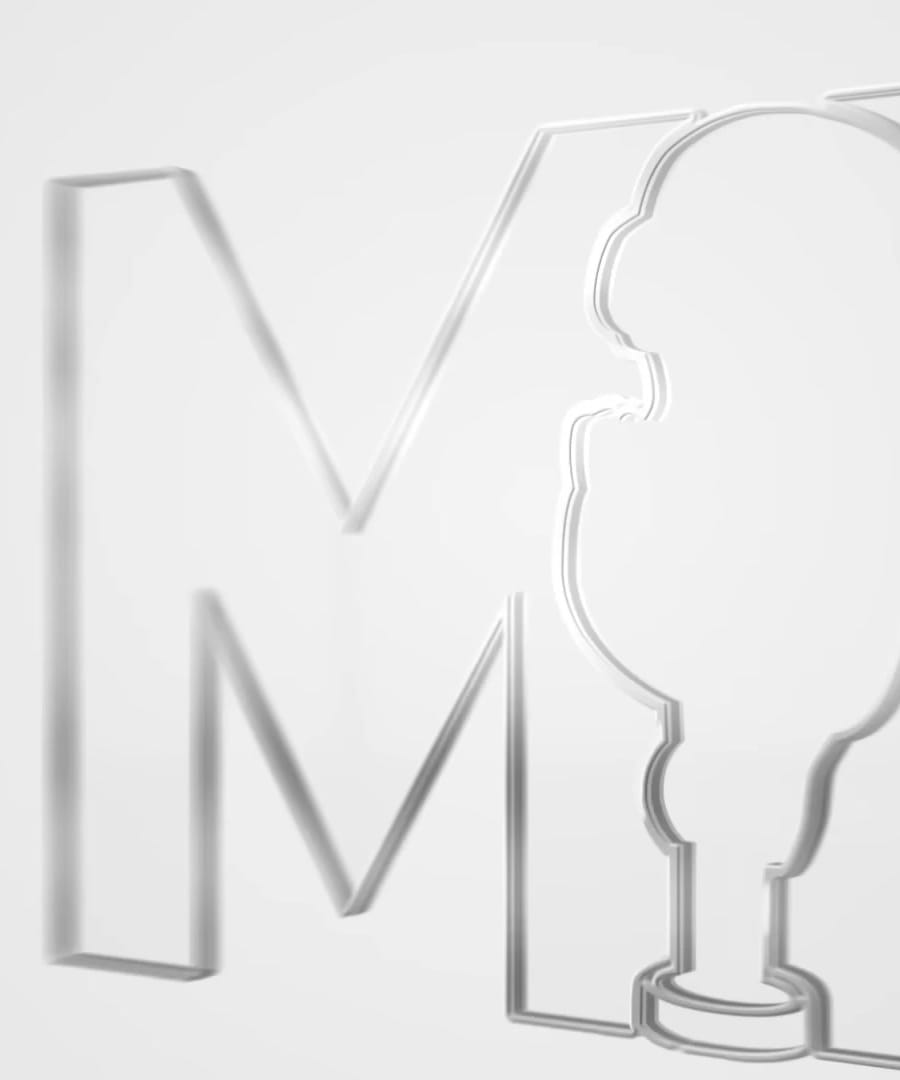Disordered Eating
Sources:
Disordered eating encompasses a range of unhealthy eating behaviors that can significantly impact one's life. Here are key insights from experts on the topic:
-
Definition and Prevalence:
- Disordered eating is more challenging to define than eating disorders diagnosed with specific criteria. It involves a broad spectrum of behaviors and thought patterns about food, often influenced by societal norms and pressures 1.
- The majority of people, especially in places like the U.S., exhibit some level of disordered eating due to pervasive unhealthy messages about food and body image 1.
-
Types and Effects:
- Disordered eating can manifest in various forms, including orthorexia (obsession with healthy eating), binge eating, and restrictive eating. It’s not always visible and can occur in people of any body size 2.
- For athletes, like runners, inadequate nutrition due to disordered eating can lead to severe physical consequences, such as decreased endurance, irregular heartbeats, and bone density issues 3.
-
Specific Populations:
- Young women, especially those with type 1 diabetes, face a considerably higher risk (up to 20 times more) for eating disorders due to the need for strict dietary management 4.
- Fitness influencers often exhibit disordered eating patterns by maintaining a strictly regimented diet, leading to stress and unhealthy relationships with food 2.
-
Emotional and Psychological Impacts:
-
Intervention and Support:
- Recognizing disordered eating requires awareness of the behaviors and their impacts on life. Support from friends or peers who understand the issue can be pivotal in addressing and managing disordered eating 6.
Understanding and addressing disordered eating involves not just identifying the behaviors but also considering the underlying emotional and psychological factors that drive them.
RELATED QUESTIONS-
